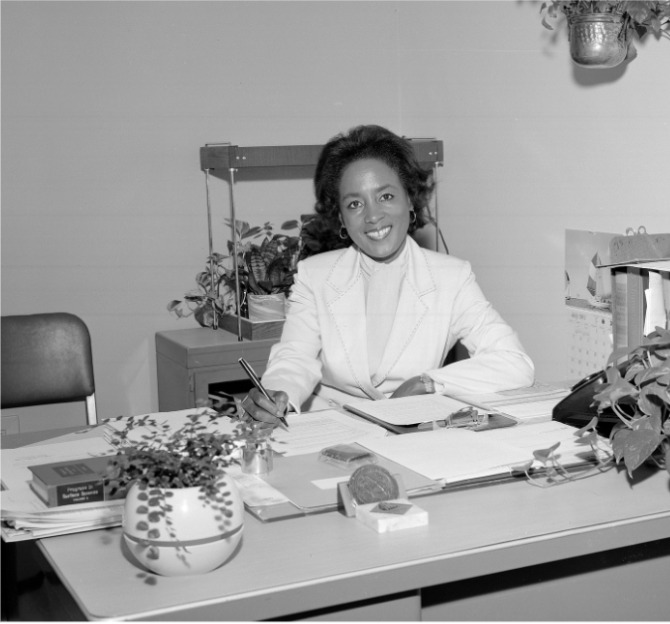STEM – science, technology, engineering, and mathematics – is a universal program that applies to many industries and technologies, affecting everyday life. This emphasizes the importance of an equal, diverse playing field in the STEM community.
However, there is a lack of diversity in STEM industries and they carry heavy bias in some areas. According to data from the Pew Research Center, the STEM workforce is predominantly white with Hispanic workers representing 15% of the total STEM workforce. In 2021, Asian and Black workers were 10% and 9%, respectively. Women are also heavily underrepresented in STEM fields. Only 25% of computer jobs and 15% of engineering jobs are occupied by women.
Diversity, equity, and inclusion (DEI) – in STEM or any other field –gives people of different identities and backgrounds an opportunity to participate and contribute their perspectives. People of all backgrounds have something of value to contribute, and it is the responsibility of society and the scientific institutions that hold power within a society – to make sure that everyone has equal opportunity to contribute. Providing access to STEM education and STEM careers helps alleviate disparities and advances social equality.
An example of a breakthrough in the STEM community is Annie J. Easley. Her academic path was leaning towards pharmacy studies before she came upon a newspaper article that described the work of the “human computer” twin sisters at the National Advisory Committee for Aeronautics (NACA), modern-day NASA. At NACA, she faced discrimination that was unfortunately all too common during her time. She had to finance her education on her own while her male colleagues had their undergraduate tuition paid for. However, Easley refused to be held back by obstacles and chose to persevere. She persevered, worked harder, and evolved alongside technology, learning how to code with languages such as SOAP and returning to school to complete a mathematics degree while working full-time at NASA.
Because of resilient and hard-working women like Annie J. Easley, they continue to change the white, male-dominated norm in STEM. And as these women have enriched the scientific community, it emphasizes that diverse perspectives and talents are essential for advancing technology and scientific discovery.



